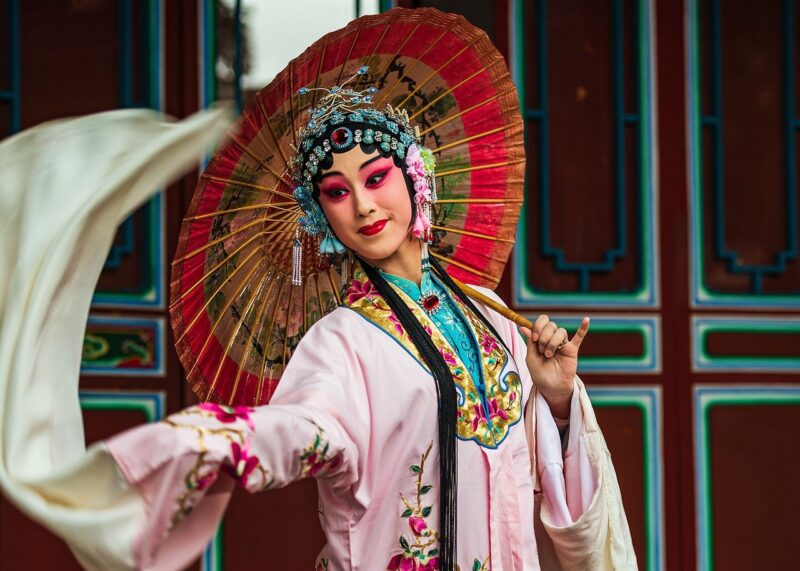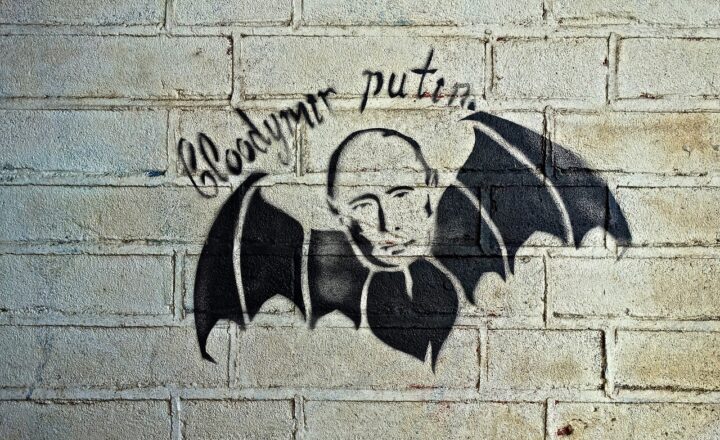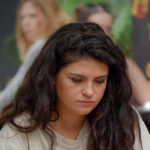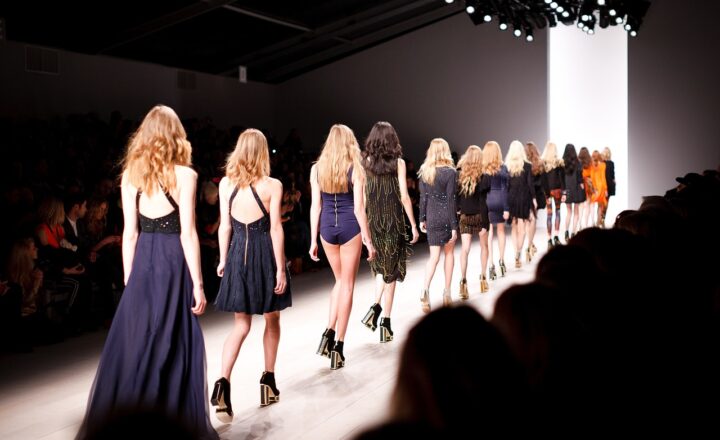Pop Culture Phenomena: Trends That Defined the Decades from the 70s to Today
November 19, 2024

Pop culture is a vibrant canvas that reflects the social, political, and technological changes of each era. From the radical transformations of the 1970s to the digital revolutions of today, each decade has its own unique trends and phenomena that have shaped our collective identity. Let’s take a journey through time and explore the pop culture phenomena that defined each decade, highlighting the key events, trends, and figures that left an indelible mark on our society.
1. The 1970s: A Decade of Revolution and Expression
The 1970s was a decade marked by significant social upheaval and cultural shifts. From the aftermath of the Vietnam War to the women’s liberation movement, the 70s witnessed a surge of expression in music, film, and fashion.
– **Music:** The rise of disco, punk rock, and the continued influence of rock n’ roll defined the sound of the 70s. Iconic artists like David Bowie, the Bee Gees, and the Sex Pistols encapsulated the decade’s diverse musical landscape.
– **Film:** The 70s brought about a new wave of filmmaking characterized by gritty realism and experimentation. Movies like “The Godfather,” “Jaws,” and “One Flew Over the Cuckoo’s Nest” became cultural touchstones that challenged traditional narratives.
– **Fashion:** Bold patterns, flared pants, and bright colors flourished during the disco era, illustrating a time of freedom and expression. The influence of counterculture movements also shaped the fashion trends of the decade.
2. The 1980s: Excess and Innovation
The 1980s is often remembered for its excess—big hair, flashy clothes, and a booming economy. It was a decade that celebrated individualism and innovation.
– **Music:** The rise of MTV transformed the music industry, making music videos a critical part of a song’s success. Artists like Madonna, Michael Jackson, and Prince became global icons, and the emergence of hip-hop began to reshape the musical landscape.
– **Film:** Blockbuster films like “E.T. the Extra-Terrestrial,” “Back to the Future,” and “Star Wars: Episode V – The Empire Strikes Back” showcased groundbreaking special effects and storytelling that appealed to a wide audience.
– **Fashion:** The 80s fashion was characterized by bright colors, oversized silhouettes, and strong accessories. The punk and new wave scenes offered alternative styles that rebelled against mainstream trends.
3. The 1990s: Grunge, Glam, and the Dawn of the Internet
The 1990s introduced us to the fusion of diverse music genres and the early stages of the digital age, forever changing communication, entertainment, and lifestyle.
– **Music:** Grunge emerged from Seattle with bands like Nirvana and Pearl Jam, while pop stars like Britney Spears and the Backstreet Boys dominated the charts. The rise of rap and hip-hop also became prominent with artists like Tupac Shakur and Notorious B.I.G.
– **Film:** The 90s saw the emergence of groundbreaking films like “Pulp Fiction,” “The Matrix,” and “Titanic,” which broke box office records and set trends in storytelling and technology.
– **Fashion:** Casual styles took over, with flannel shirts and baggy jeans defining the grunge aesthetic. The decade also saw the rise of designer brands and the popularity of supermodels.
– **Technology:** The advent of the internet and personal computers began to change how people consumed media, with email and early social networks emerging as communication tools.
4. The 2000s: Reality TV and Digital Revolution
The 2000s marked a shift towards reality television and the continued rise of digital technology, impacting how we consume entertainment.
– **Television:** Reality TV became a staple of the entertainment landscape, with shows like “Survivor,” “American Idol,” and “Keeping Up with the Kardashians” dominating the ratings.
– **Film:** The rise of franchises such as “Harry Potter,” “The Lord of the Rings,” and superhero movies transformed the box office landscape, paving the way for sequels and expanded universes.
– **Fashion:** Trends like low-rise jeans, logo-centric apparel, and denim everything defined the fashion scene, influenced heavily by celebrities and pop culture.
– **Technology:** Social media platforms like Facebook and YouTube launched in the mid-2000s, reshaping how we interact with and share content, leading to a more connected digital culture.
5. The 2010s: Social Media and Diversity in Pop Culture
The 2010s saw an explosion of social media and a greater emphasis on diversity and representation in pop culture.
– **Music:** Genres like EDM, hip-hop, and K-pop surged in popularity. Artists like Beyoncé and BTS led movements that emphasized inclusivity and breaking barriers.
– **Film:** The representation of marginalized communities became a focal point, with films like “Black Panther,” “Wonder Woman,” and “Moonlight” receiving critical acclaim and box office success.
– **Television:** Streaming services emerged as major players in content production, leading to the rise of binge-watching culture with series like “Stranger Things” and “The Crown.”
– **Fashion:** Streetwear became mainstream, with sneaker culture exploding. Social media influencers started to dictate trends, blurring the lines between celebrity and everyday consumers.
6. The 2020s: A New Era of Connection and Awareness
The 2020s are still unfolding, but they already showcase a strong inclination towards social justice, environmental awareness, and the impact of technology on human connection.
– **Music:** The rise of global music genres and collaborative projects enhances the music scene. Streaming platforms allow for increased accessibility and diversity.
– **Television and Film:** Content creation prioritizes diversity and inclusion, with a noticeable increase in projects focusing on social justice and mental health issues.
– **Fashion:** Sustainability becomes a priority as consumers demand more ethical practices from brands, leading to a rise in thrift shopping and upcycled fashion.
– **Technology:** The digital landscape continues to evolve, with emerging technologies such as virtual reality and artificial intelligence beginning to influence entertainment significantly.
Conclusion
Through each decade from the 1970s to today, pop culture has continuously evolved, reflecting societal changes while shaping our collective identity. The stories told through music, film, television, and fashion highlight the human experience and our ongoing quest for connection, expression, and understanding. As we move forward, it will be fascinating to see how future trends will emerge, ultimately defining the ever-changing fabric of our culture.






